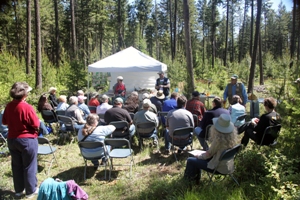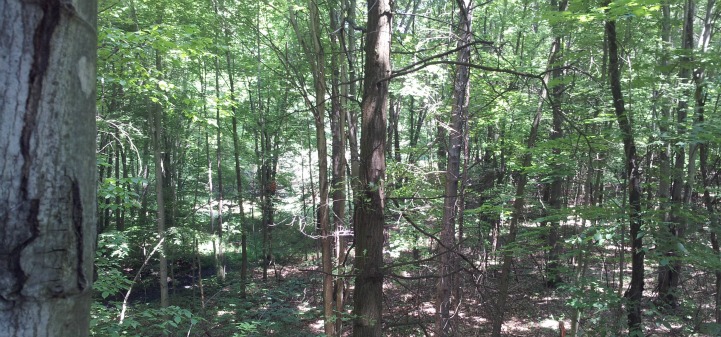Written by Ronald Mahoney
Silviculture deals with management decisions in ecosystems dominated by trees. But other organisms and ecosystem components besides trees are affected by climate change. Trees are the most visible barometer of change, and because they are usually the dominant organisms in forests, changes in trees have many ecological as well as economic consequences. Most temporary changes as well as long-term changes are beneficial to some organisms and detrimental to others.
Silviculturists, other natural resource professionals, and landowners …


